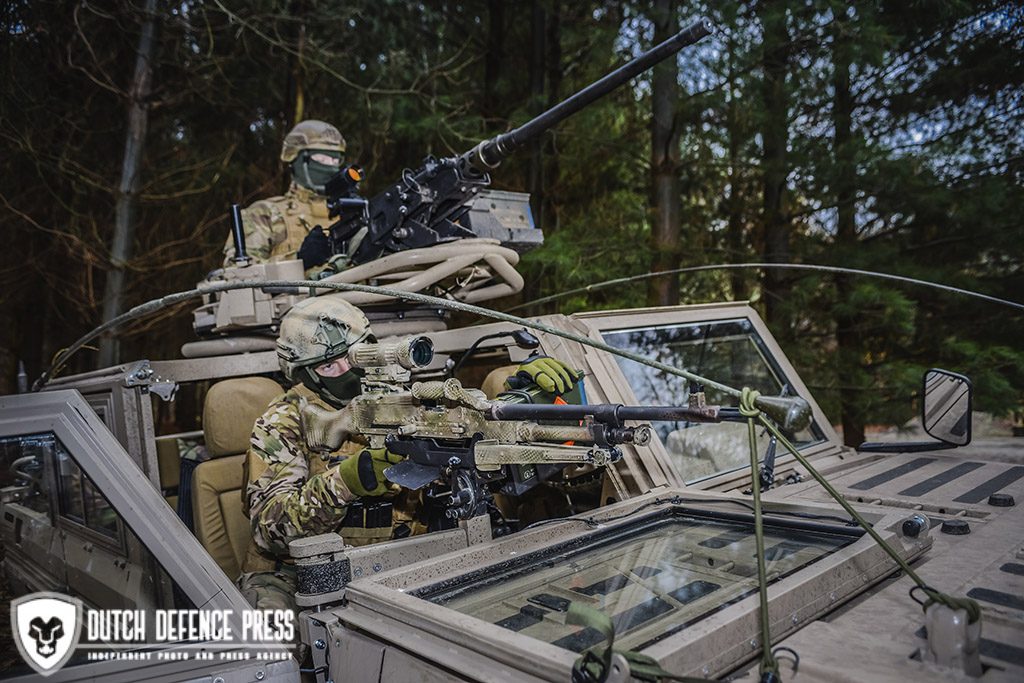
An encounter between the Dutch army commander and a Dutch motocross legend some years ago led to the most amazing story in acquisition and development in Dutch military history. Never before a contract was awarded to a company that did not exist at that time for a vehicle that was not even on the drawing board. Why? The pedigree of the owner and the people around him, a strong concept and guts. The company? Defenture. The vehicle, the VECTOR. The user? Dutch special operations forces.
Rally
Motocross legend and Dakar participant Gerard Rond told me several years ago about his remarkable discussion with the army’s top general. By chance they talked about a future requirement for a special operations vehicle for the Dutch KCT (Korps Commandotroepem, army) en NLMARSOF (Netherlands Maritime Special Operations Forces, marines). With his motocross and rally background Gerard soon recognised that what they were searching for was a vehicle that was good on the road but had to be great off-road. Basically a rally-vehicle as used in these gruelling marathons like Paris-Dakar and other endurance races around the world. That is what he told the general. He could build such a vehicle and it would exceed all their expectations. Gerard assembled a team from his rally community. They sat to work on a vehicle to be ready when the official Request for Information was released by the Dutch MoD. And they were ready. Not with an off-the-shelf solution like their competitors, but with a completely new design that would be completed after they had discussions with the end-users, operators mainly from the Dutch commando regiment KCT. The pitch was strong and they used a borrowed competition endurance-rally car to give the MoD an idea of the path they wanted to take. Computer renderings of the basic vehicle were also shown. Basically the rest is history. Defenture was born as a new company with its base in the city of Tiel in the heart of the country.
Virtual engineering
After they won the contract they sat down with the people from the MoD and the future users, listening closely to their needs and requirements. The development was a test-case of the new Concept Development & Experimentation (CD&E) route. It had to fit inside a Chinook transport helicopter. That was a hard clause as the Dutch military just bought brand-new CH-47F Chinooks as the ultimate aerial platform for SOF-operations.
The designers used “virtual engineering” to draw the vehicle within all the parameters they had. Not hindered by technical regulations and limits, as is normal in the rally world, they began to shape the vehicle from the ground up in a virtual environment. They could even perform virtual tests to measure stress and wear on the design. They made ten different technical configurations and could eliminate nine of them by running computer simulations. Normally a company would need to build ten prototypes with the different configurations and test them in the real world, costing an enormous amount of money and time.
Off-road
In a later stage of development the designers worked together with the Interservice knowledge-center Special Operations of the Dutch commando’s. They had a long list of requests based on their knowledge and experience.
It had to be able to carry two tons of equipment and supplies. It had to be fast, have great off-road driving, be easy to operate and maintain. The list was long and they wanted everything. With the expertise within his team, Gerard and his team began to address the list. Some things were contradicting and choices had to be made. The clients had to decide which was more important. Sometimes discussions were held on topics like the dashboard. The MoD was not keen on an electronic screen but wanted to keep analog dials in fear of the screen to malfunction in hostile terrain. Gerard convinced them rally-cars have had these computers and screens for many years and even in races like Dakar they do not fail where dials will stop working because of dust. Gerard won the argument. In the meantime the design and construction team started work on the prototype vehicle. It took a staggering eight months from signing the contract to the first kilometers of the prototype of the ATTV (Air Transportable Tactical Vehicle). We are talking 2013. The public unveiling of the vehicle was in 2014 and it was named VECTOR (Versatile Expeditionary Commando tactical Off Road by the Dutch MoD). You’ve got to hand it to the military to come up with these great acronyms. Serial production of the vehicle started in 2017. An unheard of feat.
In the years in between Defenture worked very hard to develop the vehicle to the wishes of the Dutch MoD.
Specs
Looks are not everything but the intended use is leading in everything that is designed for this vehicle. The boxed shape prevents tree-branches and other overhanging items to get stuck on the vehicle. The boat-like shape of the front likewise. The ground clearance is high enough for driving over extreme terrain but low enough for the vehicle to be stable. The box chassis is made from stainless steel. It forms the backbone of the vehicle and everything is attached to this construction. It makes for an easy adaptable platform that can be used for a whole family of vehicles if need be. The suspension is tough and the 18 inch wheels with 265/70/18 tires will make the vehicle take on the toughest terrain. The 3200cc, 6 liter Steyr multi-fuel engine, coupled with an automatic 6-speed Hi-low transmission will give the Vector a (restricted) top speed of over 130 km/h. The 550 Nm torque on the 4×4 drivetrain that even at the top loaded weight of almost 5 tons, the vehicle is still able to move off-road at speed and with great acceleration. This powerplant also drives the eight ton Foxhound armoured vehicle of the British army. It can climb at angles near 40 degrees. It’s 4-wheel steering. Yes you read that correct. It will literally make it drive circles around the competition. The 4-wheel steering can be turned on and off by the driver. When turned on the vehicle electronics will adjust the amount of steering on the rear wheels to match the speed. At slow speeds the turning radius is an incredible 9 meters. Think about small mountain roads or narrow alleys. The rear wheels will follow in the track of the front wheels, decreasing the risk of hitting stones or obstacles with the rear wheels which would normally cut inside of the front wheels.
Size matters
It is not a small vehicle. At 5100 mm long, 1800 mm width and 1870 mm height (without turret) it meets the aforementioned requirement of being able to fit inside a medium lift helicopter like the Boeing CH-47 Chinook. It can also fit inside a standard 20 foot shipping container which makes it really easy to transport over longer distances, even without being seen.
Empty the Vector weighs in at 2776 kg. With its maximum payload of 2000 kg the total weight is almost 5 tons. And all cargo is carried inside of the vehicle. No external boxes needed here. The vehicle is equipped with strips of for attaching various clamps and straps on the outside. Dutch commando’s will have their personal weapons and grab-bags on the outside attached to these strips. That way they can easily get their stuff when they have to leave the vehicle in a hurry.
Testing
An exhaustive testing process followed. The vehicle prototype was tested to maximum specifications by the Dutch MoD’s procurement agency DMO (Defensie Materieel Organisatie). Nothing was spared to put the prototype through its paces. After all, it didn’t even exist a year earlier. Since the vehicle was really also still under development by Defenture in cooperation with the MoD, all flaws, shortcomings and problems were addressed in between tests. It was then retested to see if the problems were in fact gone. So basically during testing, the vehicle was getting better and better. The Vector was, as can be expected, tested in a variety of conditions and climates ranging from sub-zero arctic to scorching hot desert conditions. The final test was the deployment of a Vector on an operational mission with the Dutch commando’s in Mali for MINUSMA (Multidimensional Integrated Stabilization Mission in Mali). It operated alongside the vehicle it is replacing, the Mercedes-Benz G280 CDI. That vehicle has an empty weight of 4130 kg with just 600 kg payload.
Protection
But I don’t see a V-shaped bottom and there is no armour plating, you say. Partly correct. No V-shaped bottom but the Vector can have an armour package installed. That STANAG level I package weighs in at 662 kg, which has to be taken out of the payload. But why is the level of protection so low, you ask. Well, it has everything to with how the vehicle will be used by the special operations units it was built for. Maximum protections and maximum mobility are not compatible. Just look at the enormous vehicles the US forces use in Afghanistan and Iraq. The MRAP (Mine Resistant Ambush Protected) gives unprecedented protection but at a cost. It has a payload of just 1655 kg at a weight of 19 tons. It’s 3 meter height makes it very top heavy and numerous vehicles have rolled over on the dodgy roads in the warzones. Even the windows can withstand direct hits from RPG7’s. But you have to drive it completely buttoned up. Your situational awareness is zero and your mobility is sticking to roads.
Special operations forces conduct missions in a different way. They need all the situational awareness thy can get. Eyes and ears and even noses are important for knowing what is going on. For their mission they need to be able to interact with locals, look them in the eyes and speak to them. But when it gets bad, they need speed to take them out of harm’s way and make up for the absence of ballistic protection and massive firepower. The 220hp/160kw engine will give them just that. And the commandos are fine with that. Speed is more important to them. Remember, these choices were made by the operators themselves when they talked to the manufacturer. The great off-road capability is also one that compensates protection. You don’t want to take the obvious routes to your enemy. He most probably has these mined and covered by various weapon systems. You take the least obvious route, the one your opponent least expects you to take. Not the roads but straight through the fields so to say.
ProTEK
The test vehicle was blown up several times to see how it would survive if it ran over a mine or an IED exploded under it. As mentioned before, it is an open vehicle that can be fitted with a Level I armour package. But other items heighten the survivability of the crew. The special seats made by ProTEK for instance. The way they are constructed and mounted increases the survival chances of the crew. And they come with other handy features. The backrest can have the two-part back padding removed so the crew can sit normally wearing battle belts and body armour. The four-point seatbelt system is no luxury item. It is necessary to keep you in your seat and inside the vehicle when it travels at high speed across terrain. ProTEK also make the canvas hood for the car.
The big Ramsey winch on the front of the vehicle is mainly for self-recovery but also helpful to aid others. The VECTOR is so jam-packed with features to enhance the driveability and survivability it would be to much to make a list.
GRF 5.12
The original contract for the VECTOR was for fifty vehicles. These are being manufactured and assembles at this moment in the Tiel facility. At this year’s Eurosatory the contract was extended to another twenty-five vehicles. Roughly twenty vehicles are already in service and drivers are being trained at the companies’ own driver training center and by military instructors trained by the company. Defenture is in the race for a huge order for the Dutch 11 Airmobile Brigade. The initial contract calls for 500 vehicles is several different variants. Most of them will be the combat vehicle already in service but also for a logistics version and an ambulance version. Defenture’s GRF 5.12 platform seems to be the logical option but as with all competitions, you never know what will be decided. Talking to Gerard Rond recently about the upcoming order he told me “I think that every soldier deserves more than a adapted family off-road vehicle normally used to take the kids to school. We have shown that we can adapt every design change in record time and can test it on our own training facility within hours. There we can test everything to the extreme. What other (foreign) company has that. A small example, we guarantee our shock absorbers for three years no matter where and how they are used. We have faith in the product we deliver and the parts we use. Try to match that”.
Remember, the VECTOR is not just an off-road vehicle. It is basically a rally-car. A real wolf in sheep’s clothing.
(This article, in a revised version, was first published in Poland’s Special Ops Magazine)



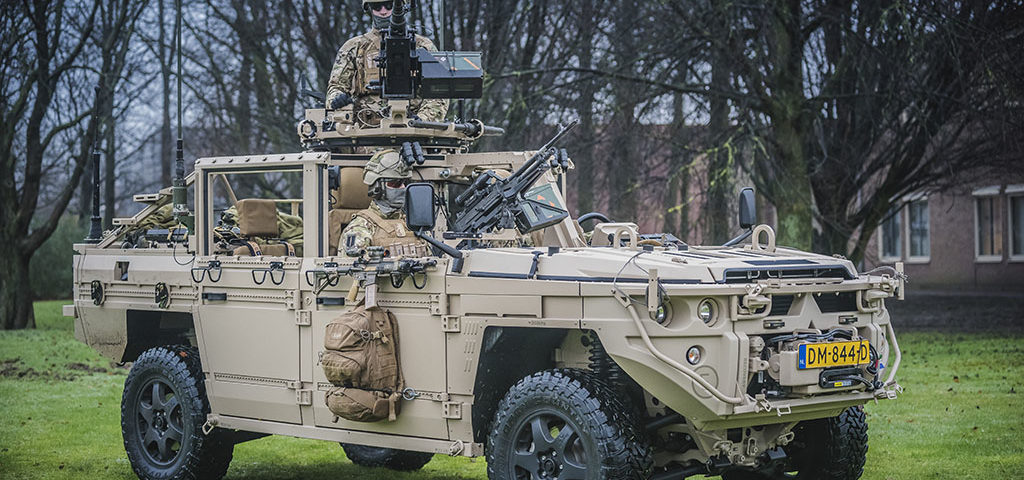
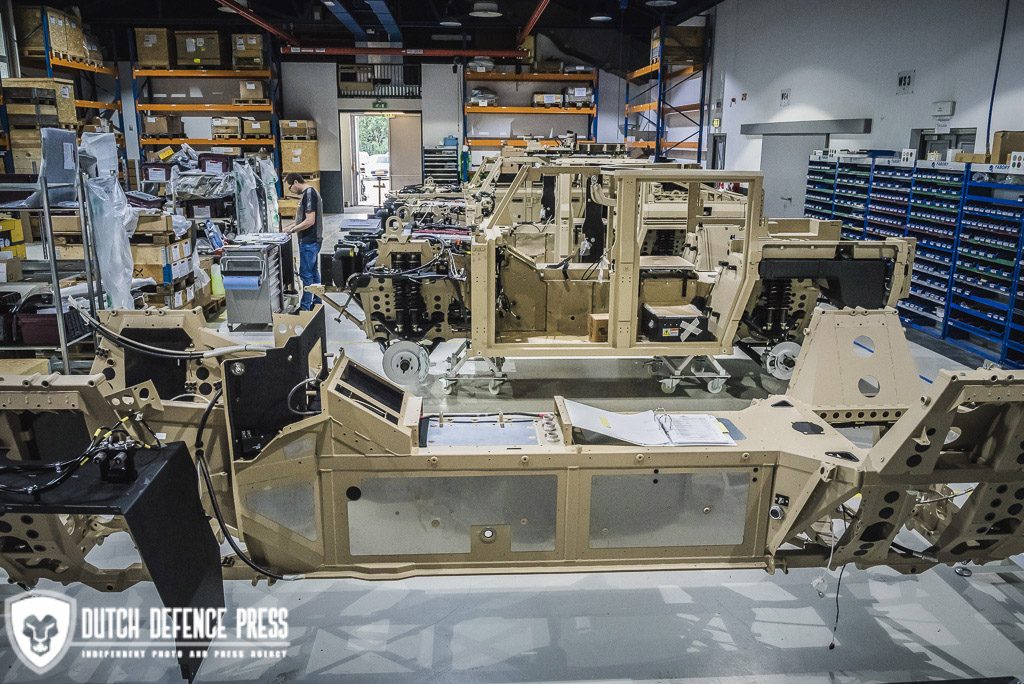
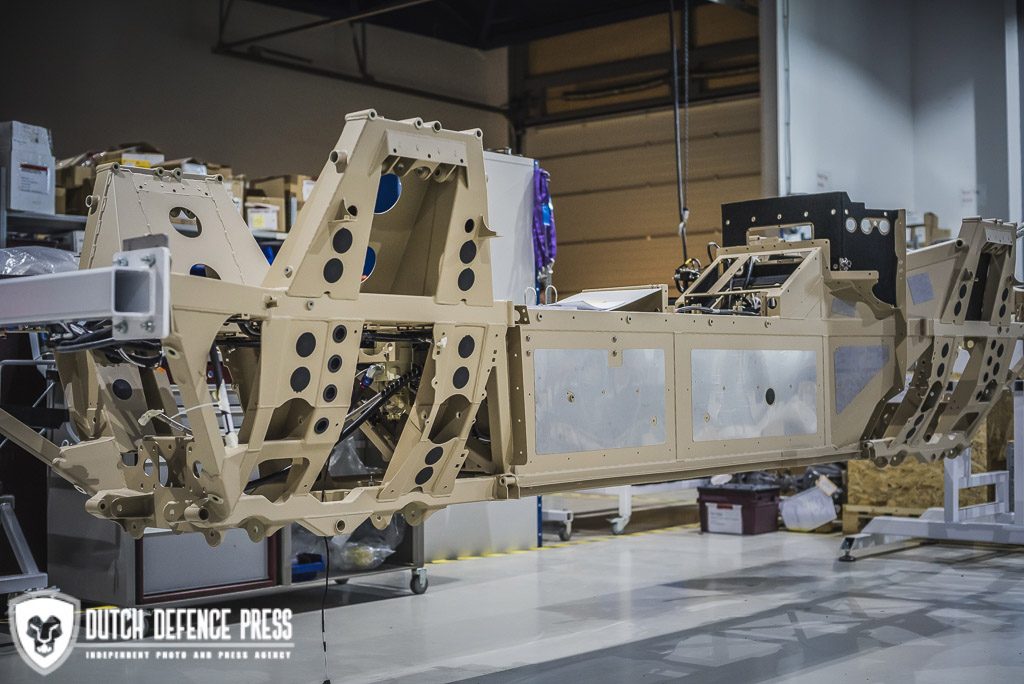
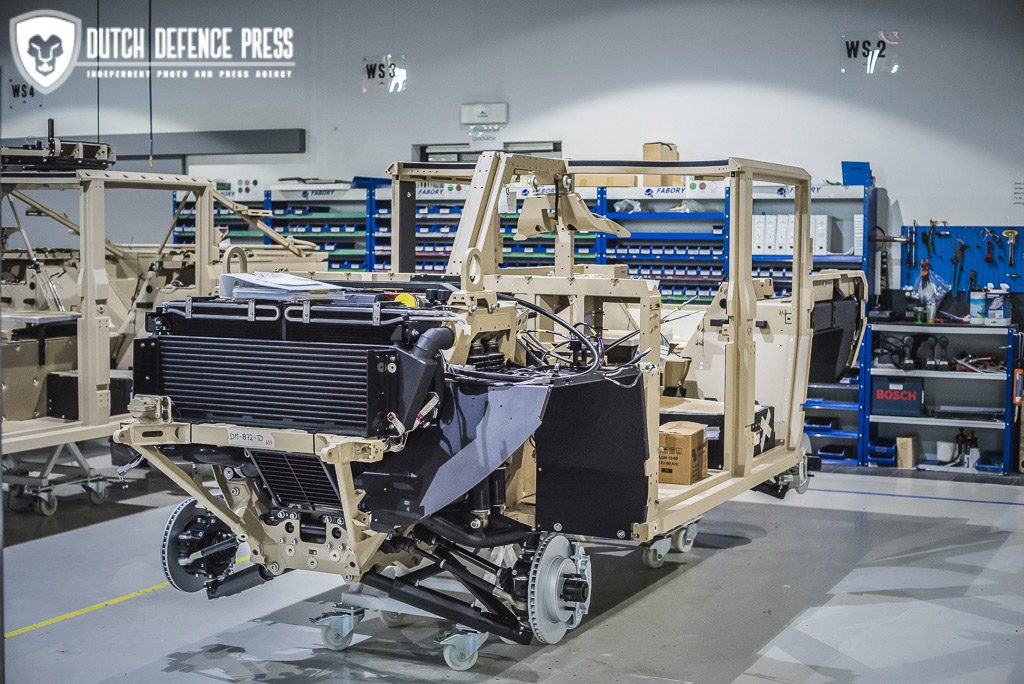
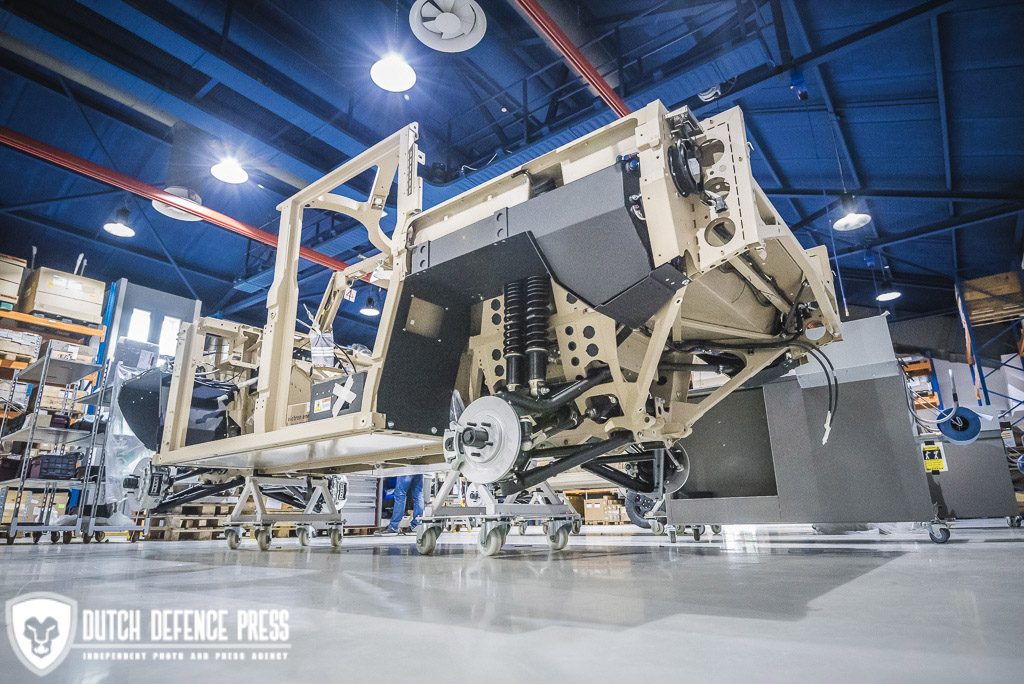
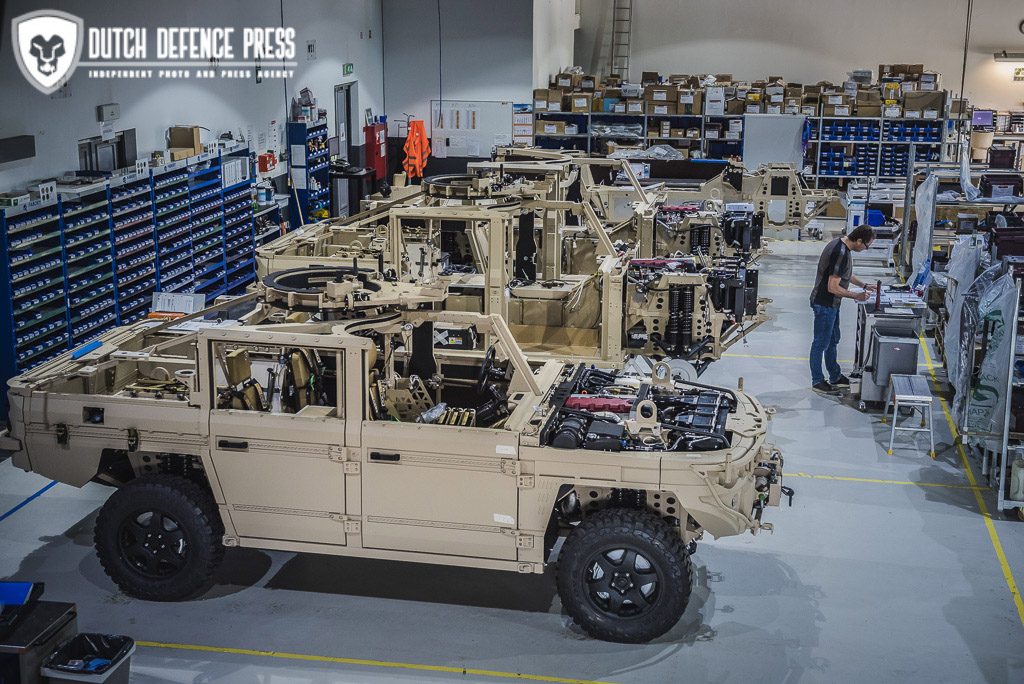
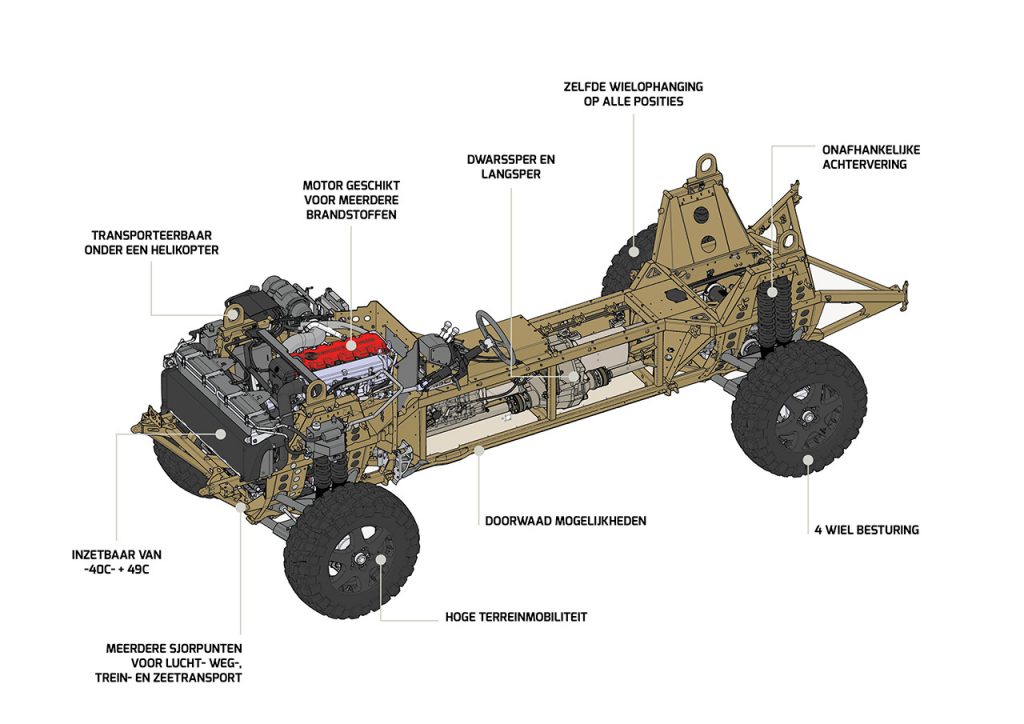
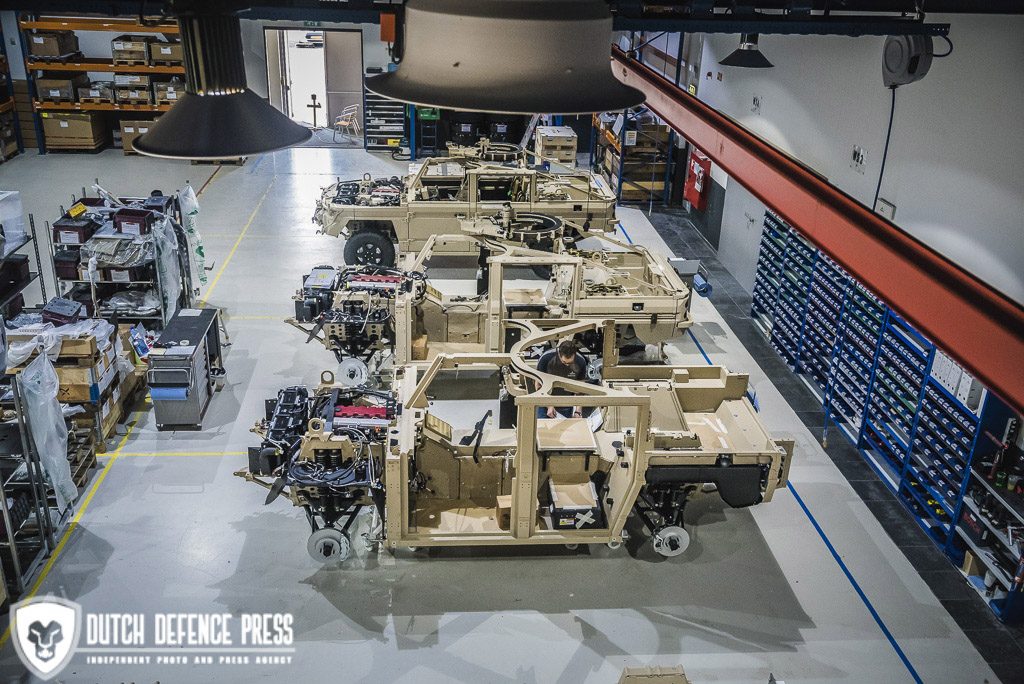
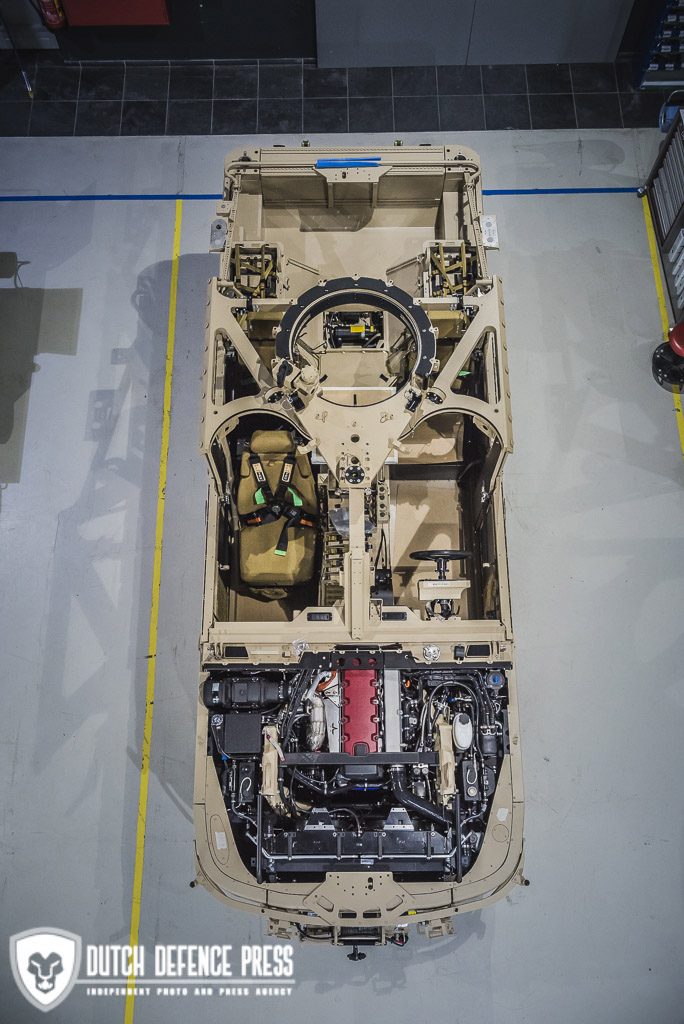
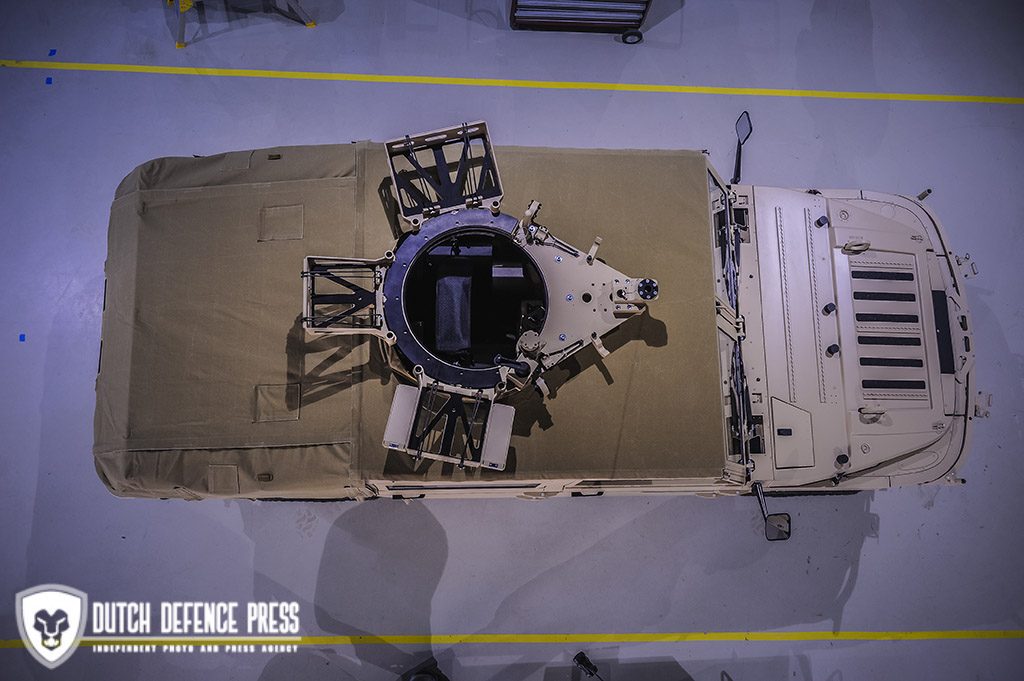
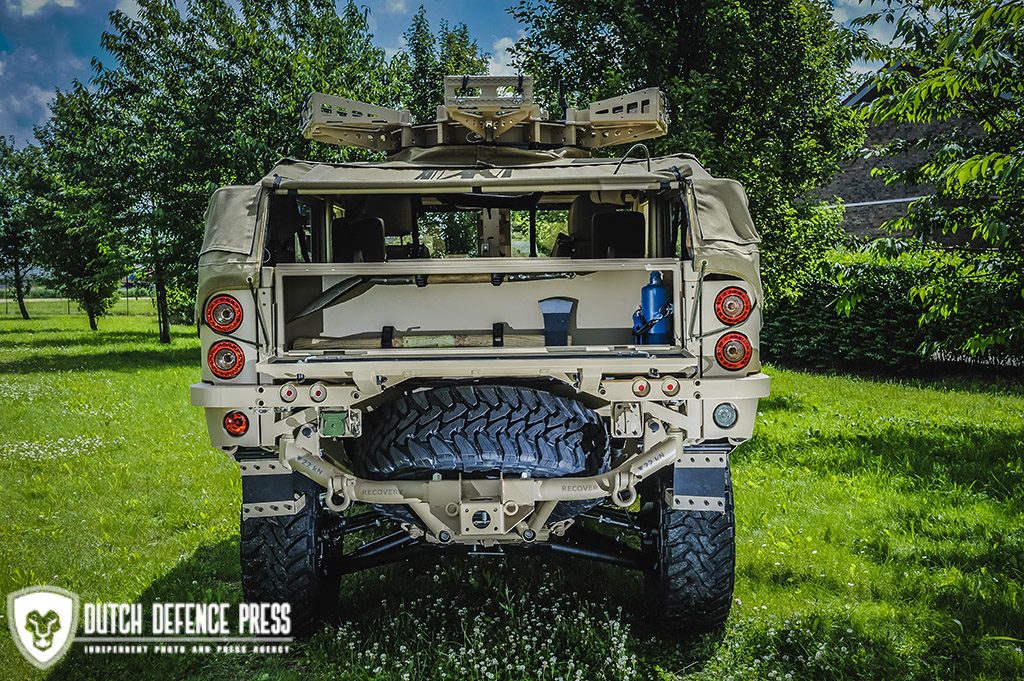
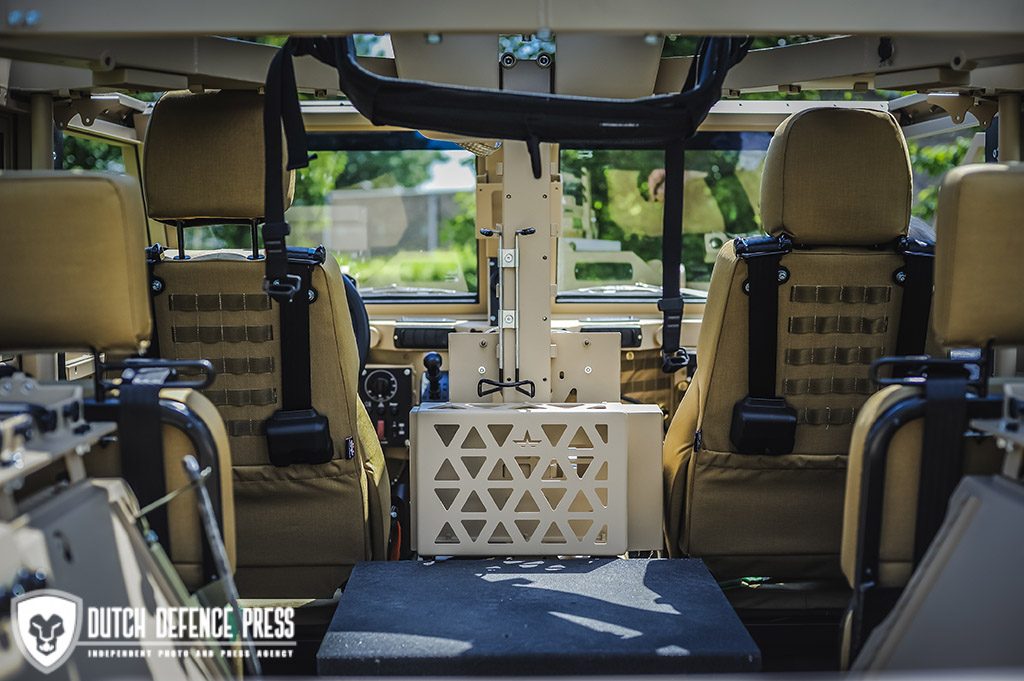
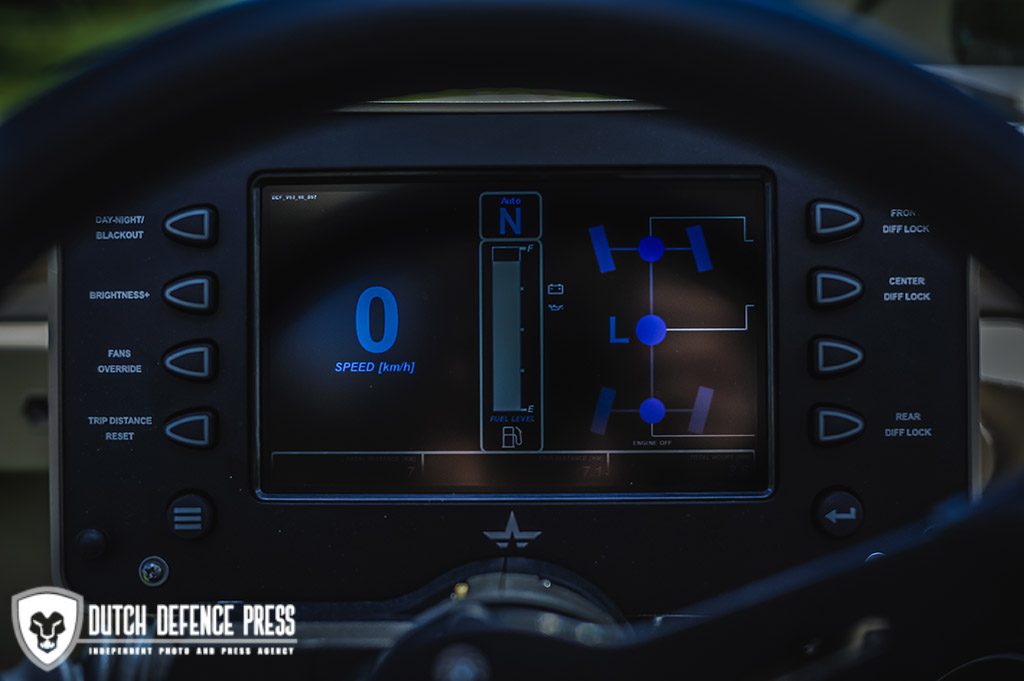
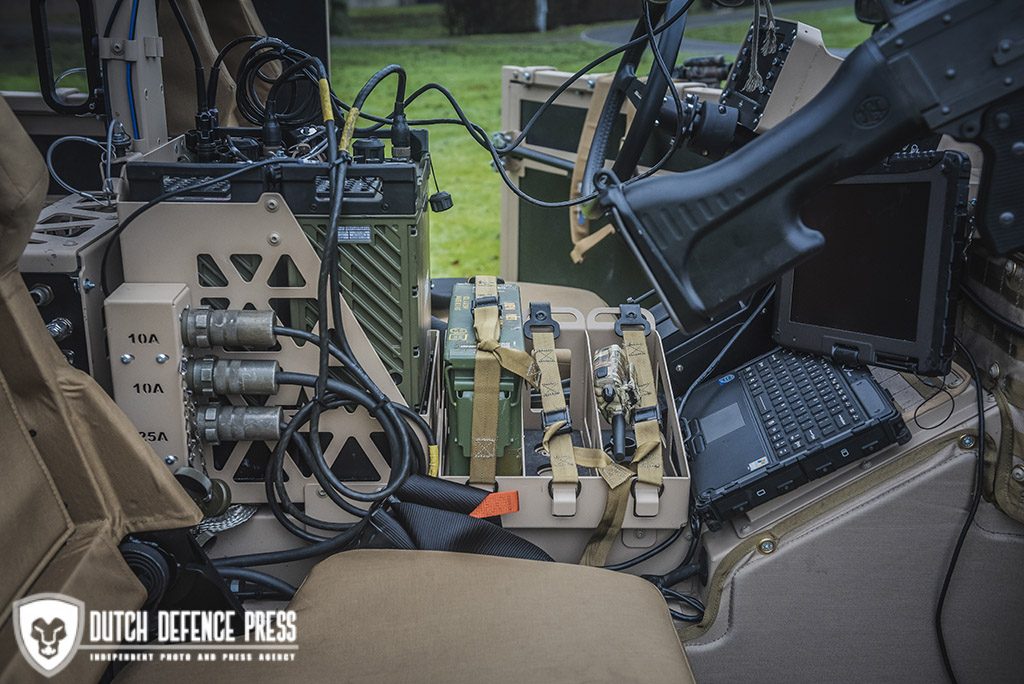
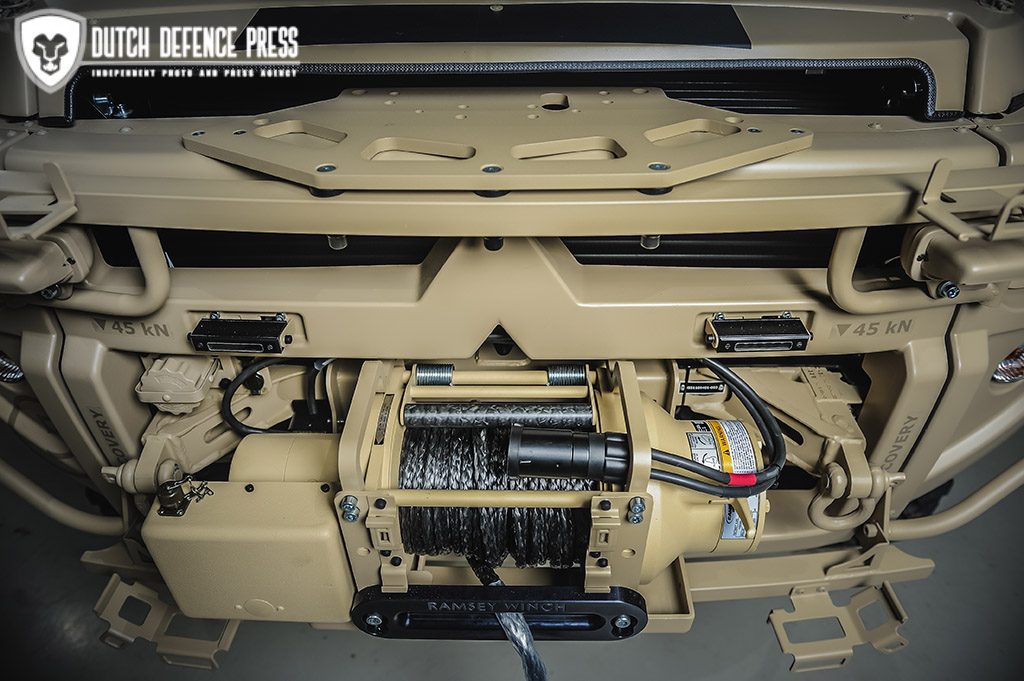
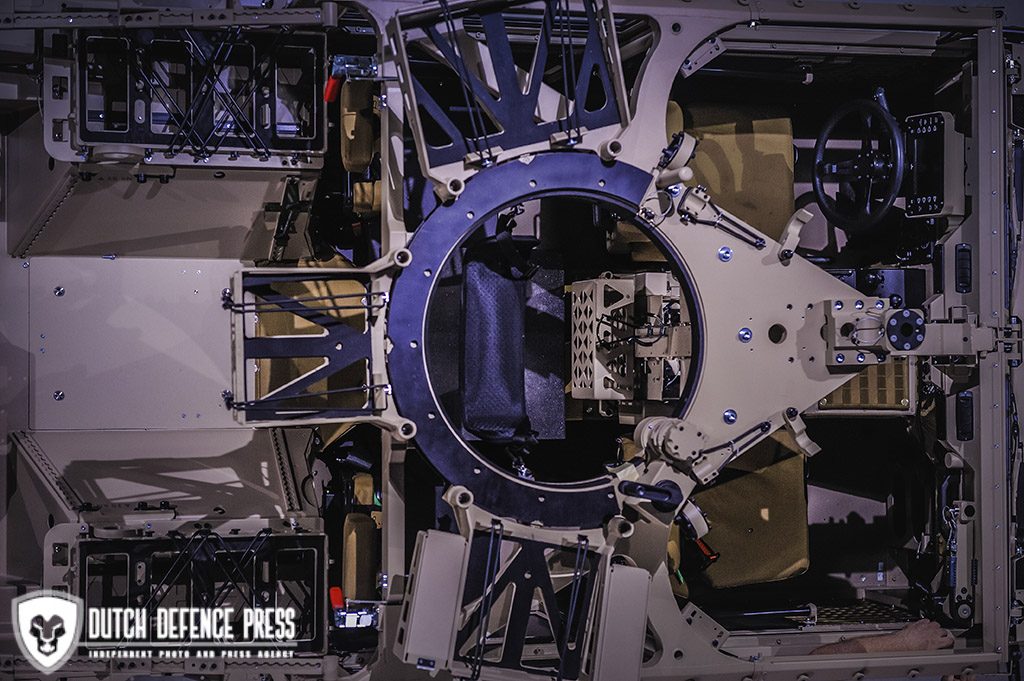
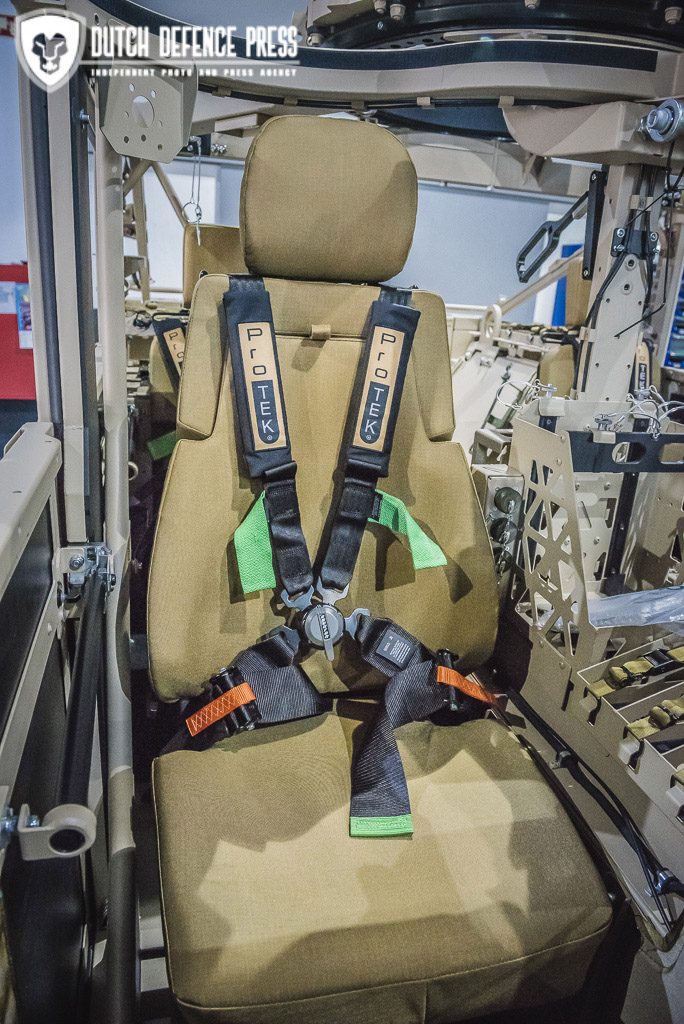
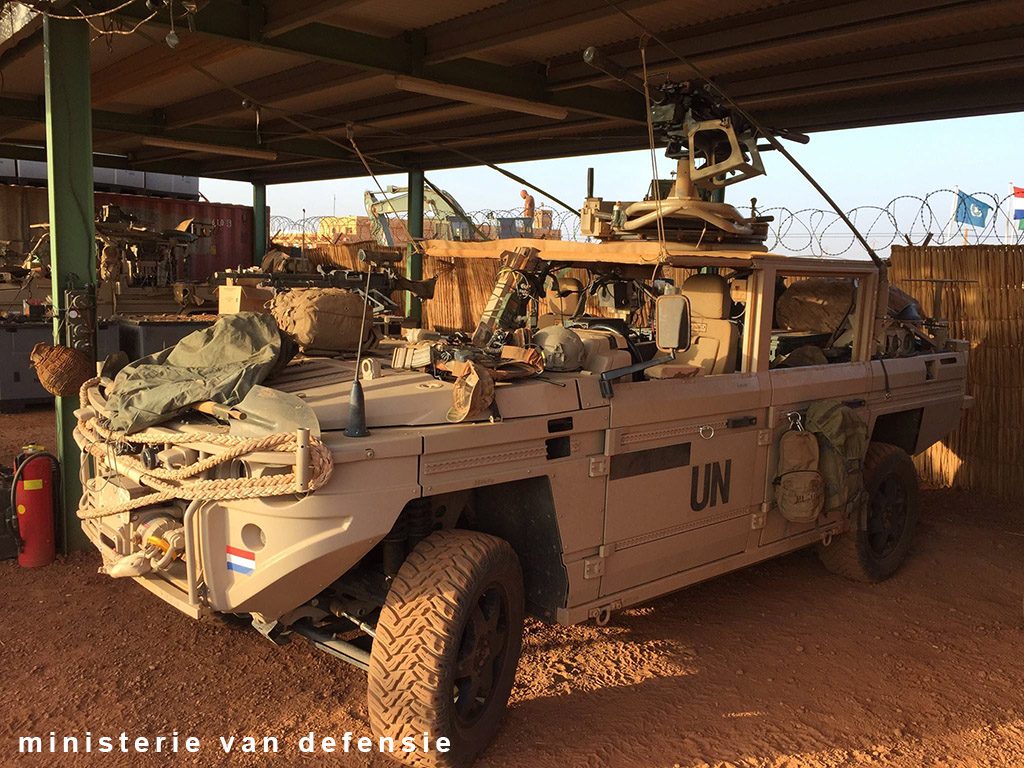
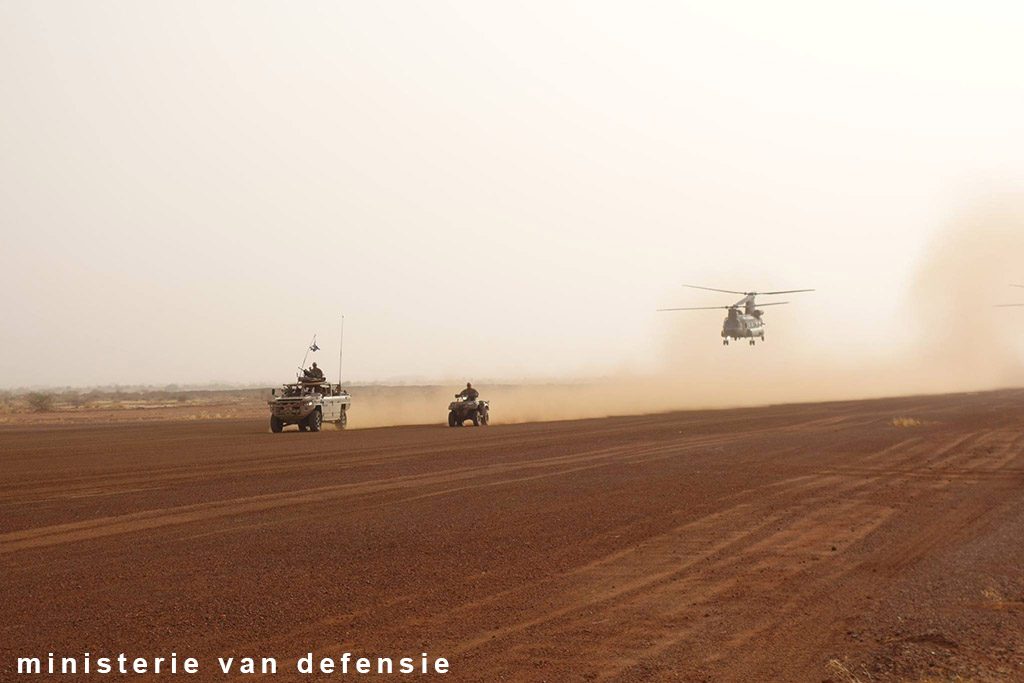
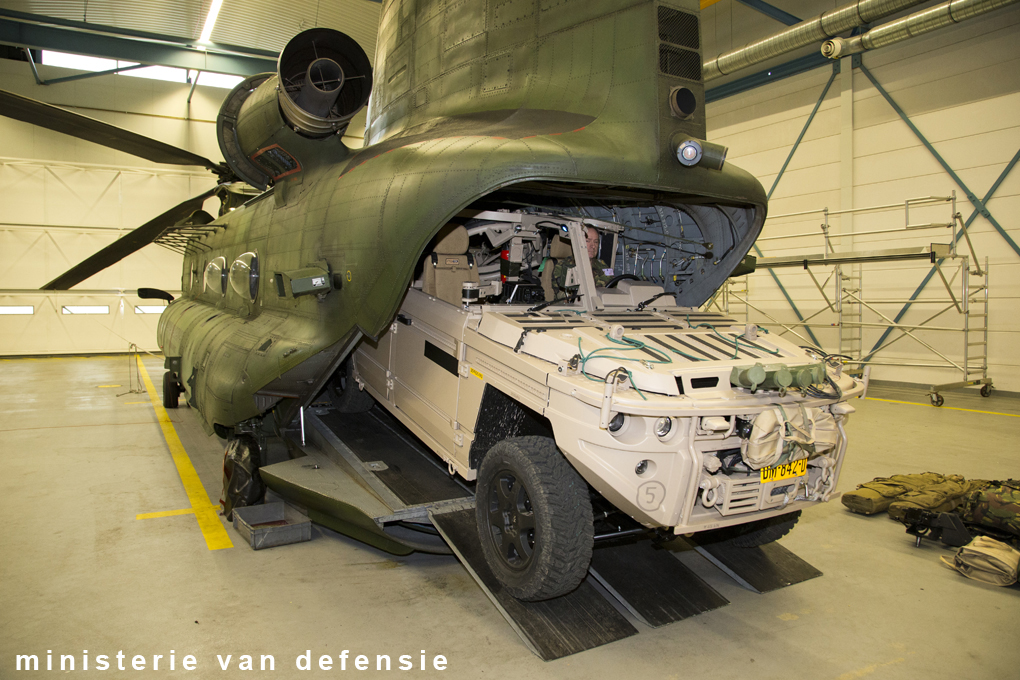
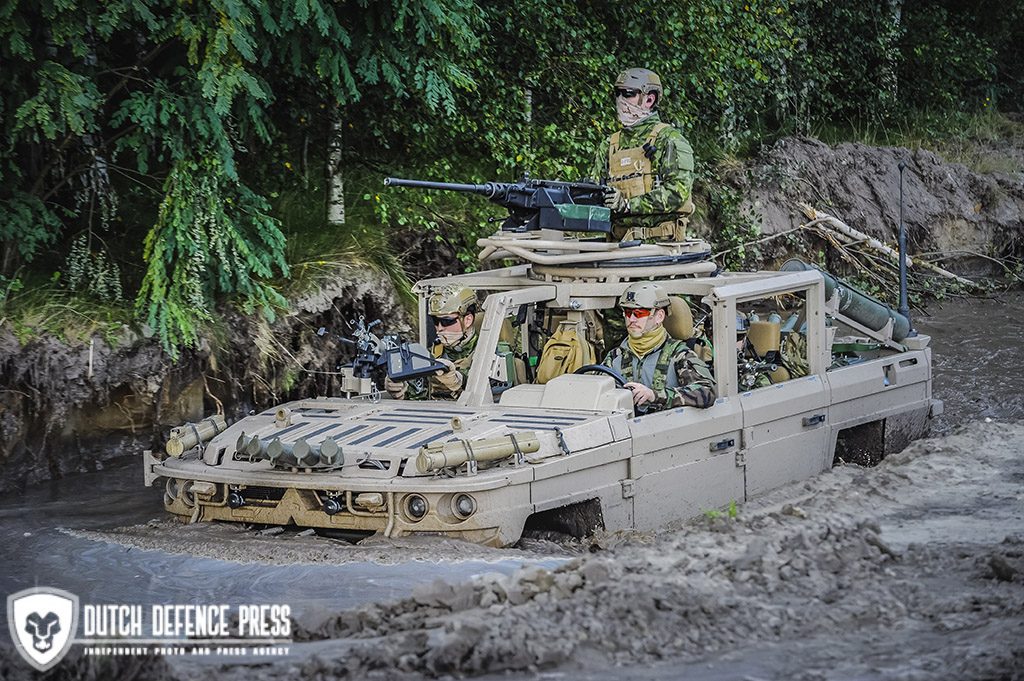
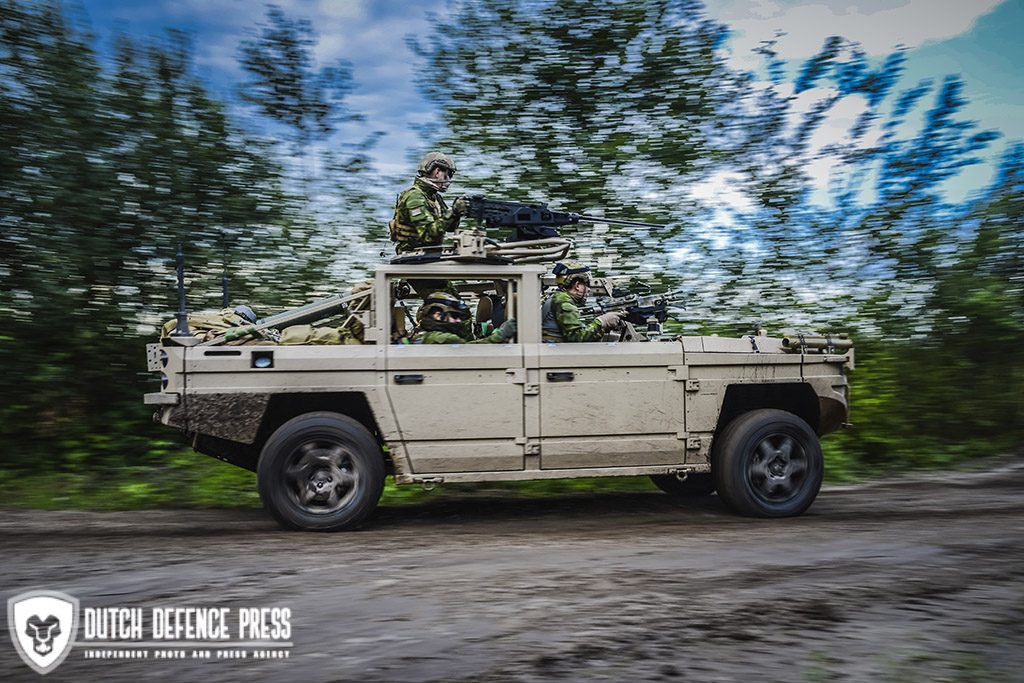
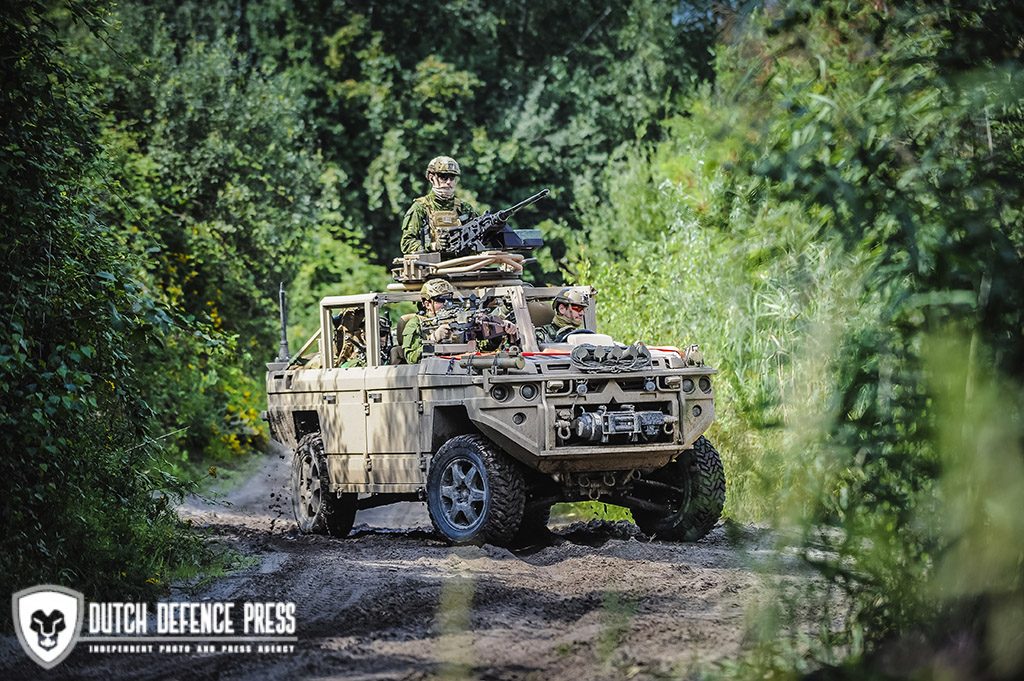
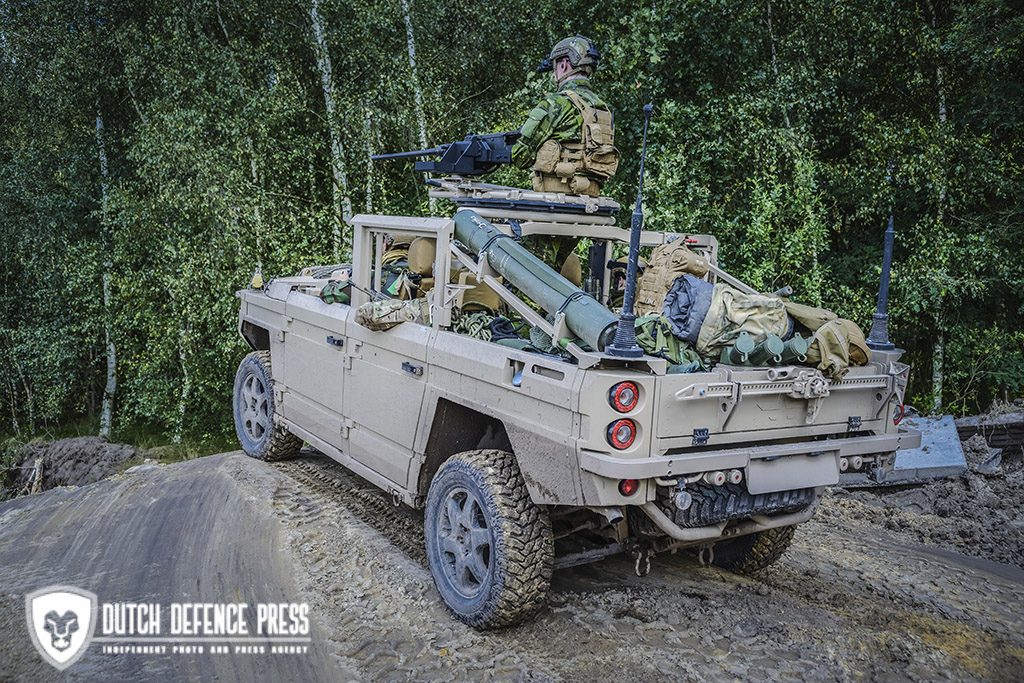
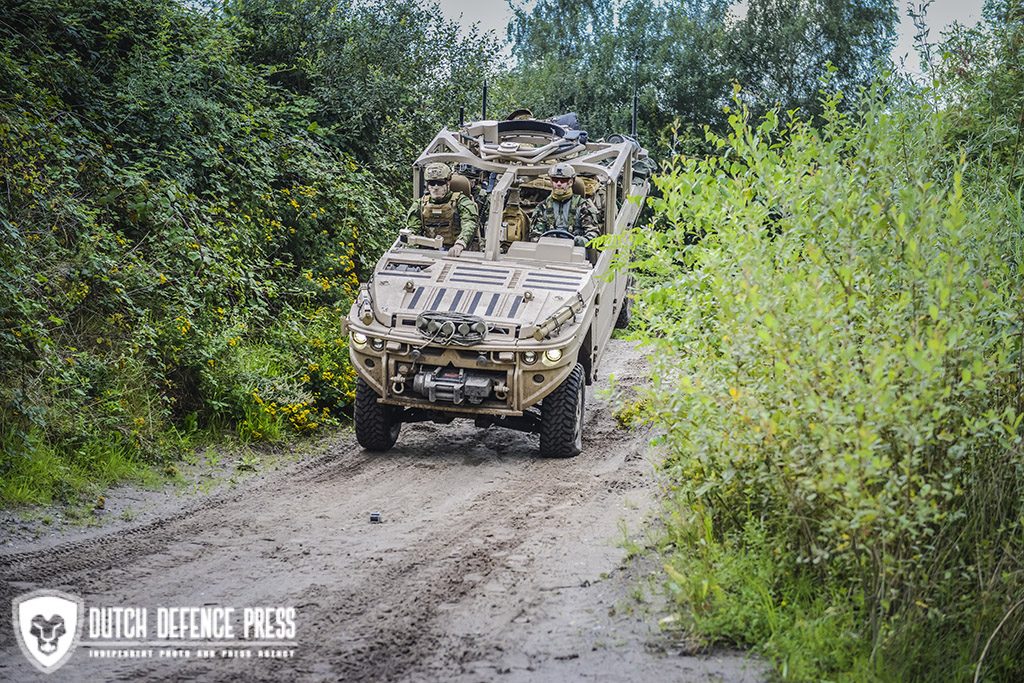
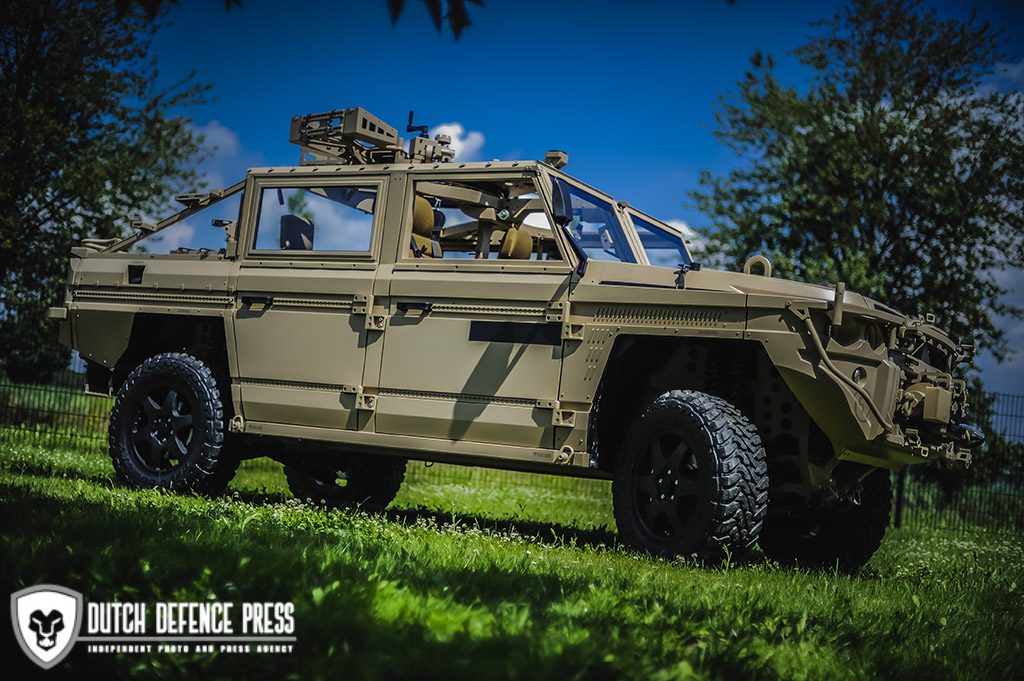
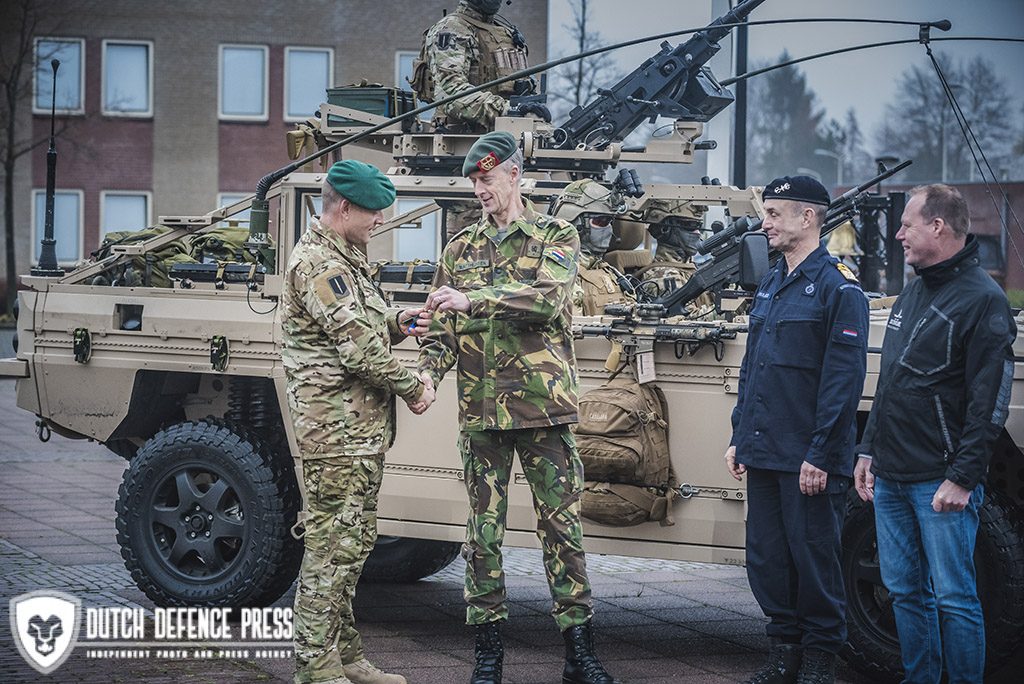
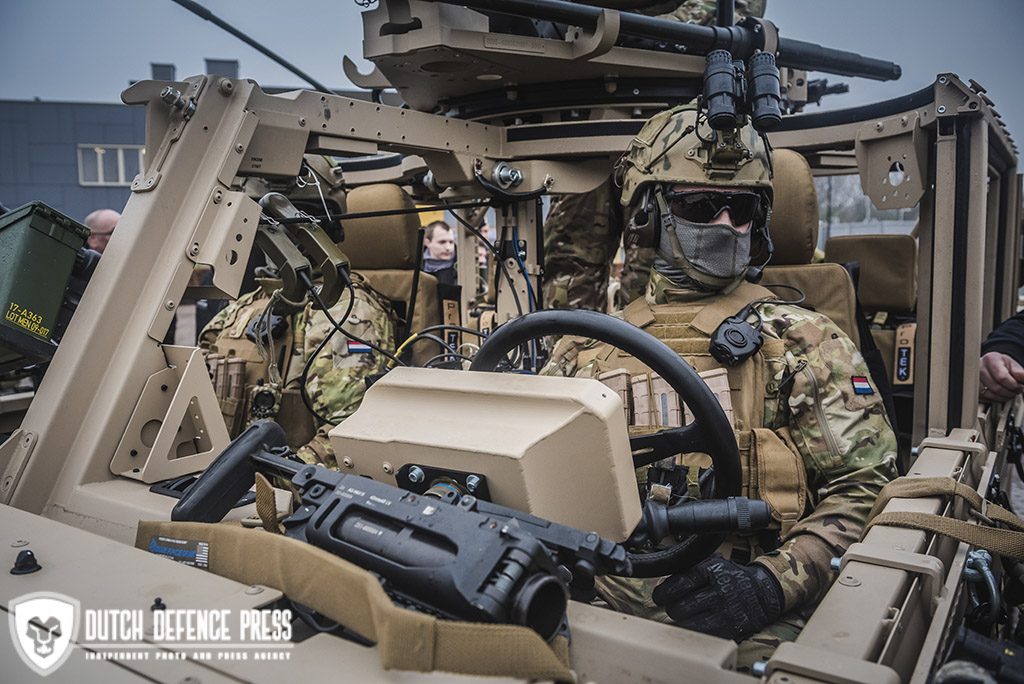
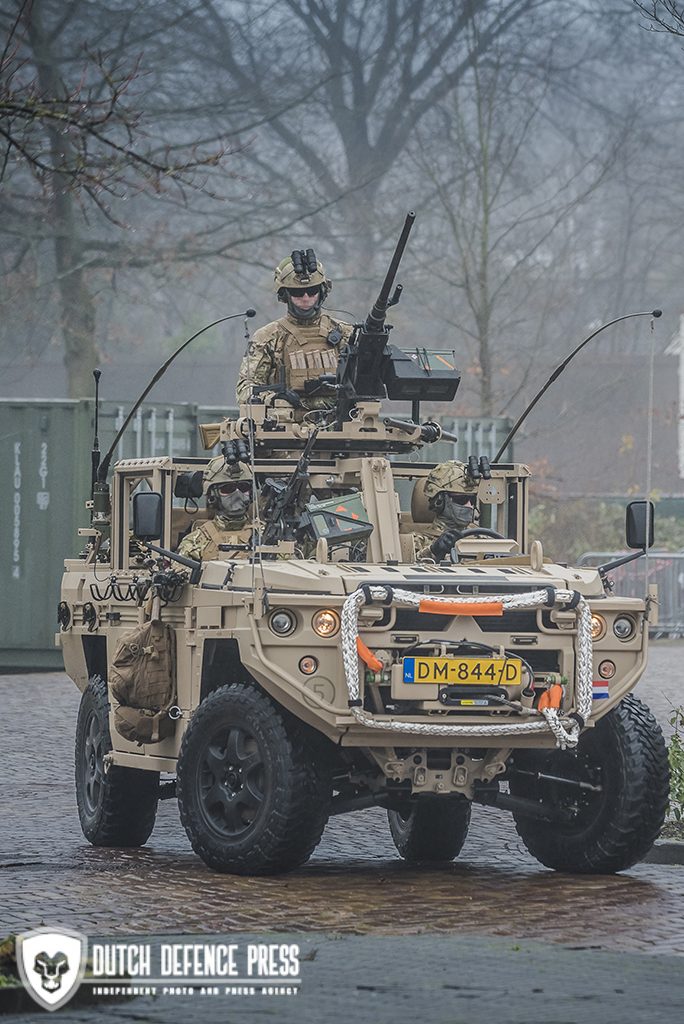
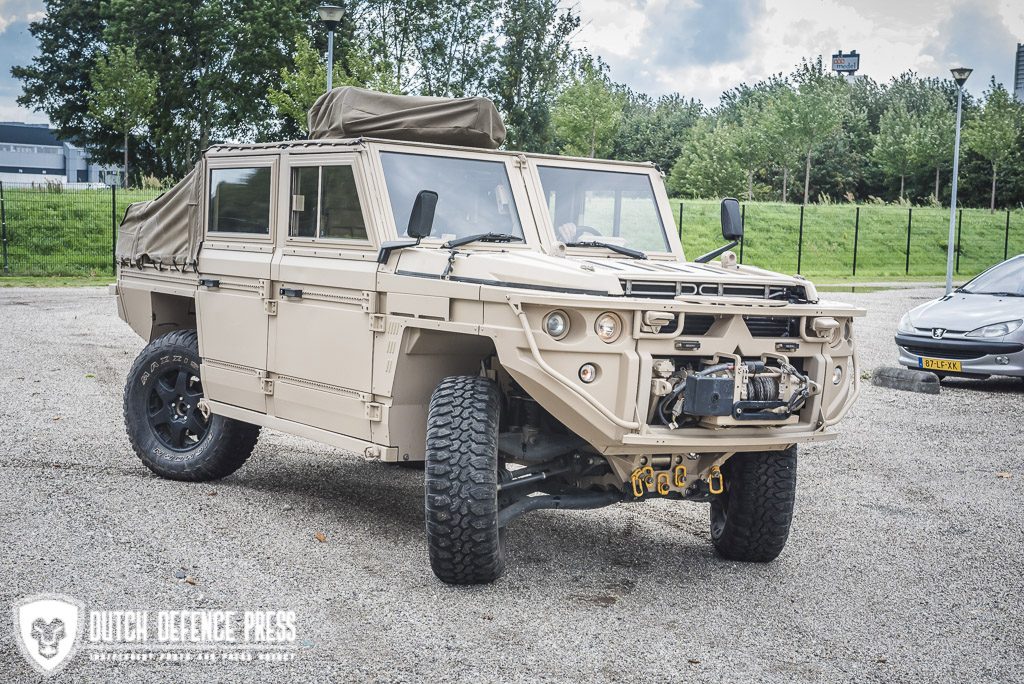

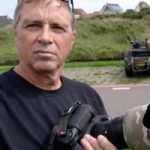
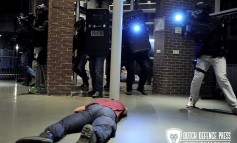
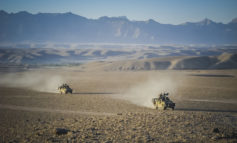
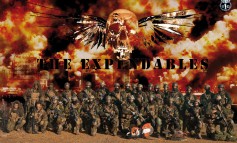
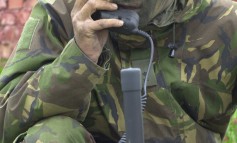
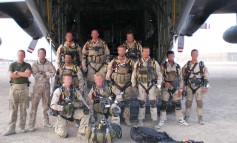
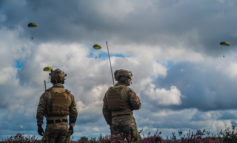



2 Comments
Tony Garbo
4 april 2021 at 06:36Dutch special forces? Do they have angry girl scouts they have to go to battle with?!? Seriously, Dutch?!? Hahahaha, this is rich.
Defenture CEO interview - Dutch Defence Press
13 september 2021 at 12:07[…] Defenture VECTOR, a wolf in sheep’s clothing […]